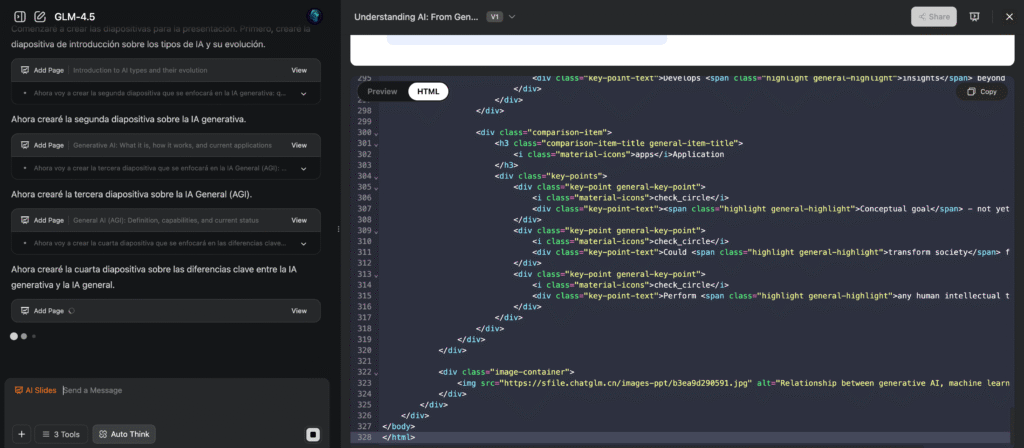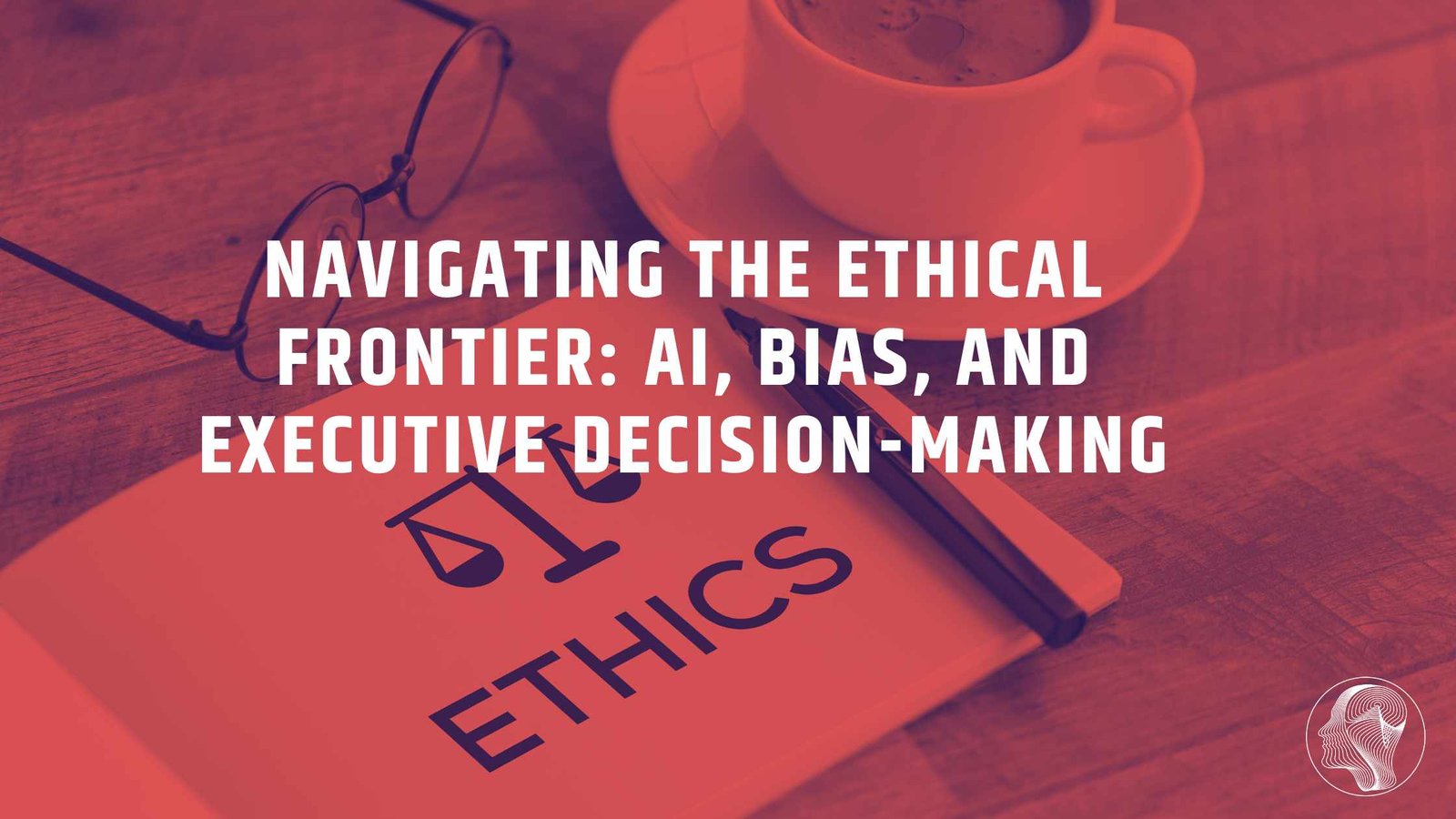The artificial intelligence landscape is experiencing a seismic shift. While we've grown accustomed to AI systems that excel at specific tasks from generating text to recognizing images we're now approaching something far more profound: Artificial General Intelligence (AGI). This revolutionary leap promises to fundamentally transform how we interact with technology and reshape entire industries.
Table of Contents
ToggleWhat is Artificial General Intelligence?
Artificial General Intelligence represents the holy grail of AI development: machines that possess human-level cognitive abilities across all domains of knowledge and reasoning. According to Stanford's Human-Centered AI Institute, unlike narrow AI systems that excel at specific tasks, AGI systems can understand, learn, and apply knowledge across diverse fields with the same flexibility and adaptability as human intelligence.
Think of it this way: while today's AI can beat world champions at chess or generate stunning artwork, it cannot seamlessly transition from playing chess to creating art to solving complex mathematical problems without being specifically trained for each task. AGI changes this paradigm entirely, as noted in MIT Technology Review's comprehensive analysis.
The Transformative Change AGI Brings
The shift from narrow AI to AGI represents perhaps the most significant technological transformation in human history. Research from DeepMind suggests this change is revolutionary for several reasons:
Unprecedented Versatility
AGI systems can adapt to new situations and learn new skills without extensive retraining. This means a single AI system could potentially handle everything from scientific research to creative writing, from strategic planning to emotional counseling.
Autonomous Problem-Solving
Unlike current AI that requires human guidance and specific programming, AGI can identify problems, develop solutions, and implement them independently across multiple domains. OpenAI's research demonstrates early progress in this area.
Continuous Learning and Adaptation
AGI systems can learn from every interaction and experience, continuously improving their capabilities without human intervention, as outlined in Nature's recent publication on machine learning advances.
How to Leverage AGI: Practical Applications
As AGI systems become available, understanding how to harness their power becomes crucial. McKinsey Global Institute identifies several key applications:
Business Strategy and Operations
- Comprehensive Analysis: Use AGI to analyze market trends, competitor strategies, and internal operations simultaneously
- Dynamic Decision Making: Let AGI adapt strategies in real-time based on changing market conditions
- Cross-Functional Problem Solving: Deploy AGI to tackle complex challenges that span multiple departments
Creative and Content Industries
- Multi-Modal Content Creation: Generate cohesive campaigns across text, visual, and audio mediums
- Personalized Experiences: Create highly customized content that adapts to individual user preferences and behaviors
- Strategic Creative Direction: Use AGI for high-level creative strategy, not just execution
For businesses looking to integrate AI into their marketing strategies, understanding the fundamentals of AI-powered marketing becomes essential before implementing advanced AGI solutions.
Research and Development
- Interdisciplinary Innovation: Combine insights from multiple fields to drive breakthrough innovations
- Accelerated Discovery: Speed up research cycles by having AGI generate and test hypotheses across domains
- Complex System Modeling: Model and predict behaviors in complex systems with multiple variables
AGI vs. Generative AI: Understanding the Distinction
While often confused, AGI and Generative AI are fundamentally different, as explained by Harvard Business Review's AI analysis:
Generative AI (Current Technology)
- Specialized Focus: Excels at generating specific types of content (text, images, code)
- Task-Specific Training: Requires separate training for different types of generation
- Limited Reasoning: Can produce impressive outputs but lacks true understanding or reasoning
- Human Guidance Required: Needs human prompts and direction for optimal results
Artificial General Intelligence
- Universal Capability: Can perform any cognitive task that humans can do
- Cross-Domain Transfer: Learns skills in one area and applies them to completely different domains
- True Understanding: Possesses genuine comprehension and reasoning abilities
- Autonomous Operation: Can set goals, make plans, and execute them independently
Google's AI research team emphasizes that this distinction is crucial for understanding the current limitations and future potential of AI systems.
The Next Steps in AGI Development
The journey toward full AGI involves several critical milestones, according to Anthropic's research roadmap:
Multimodal Integration
Current development focuses on creating systems that can seamlessly process and generate content across text, images, audio, and video simultaneously. Meta's research shows promising progress in this area.
Enhanced Reasoning Capabilities
Researchers are working on systems that can perform complex logical reasoning, causal inference, and abstract thinking, as detailed in DeepMind's latest publications.
Autonomous Goal Setting
The next frontier involves AI systems that can independently identify objectives and develop comprehensive strategies to achieve them.
Emotional and Social Intelligence
Future AGI systems will need to understand and respond appropriately to human emotions and social dynamics, as explored in MIT's Computer Science and Artificial Intelligence Laboratory.
Leading AGI Tools and Platforms
Several companies are pioneering the development of AGI-like capabilities:
Manus.AI
Manus.AI represents a significant step toward AGI with its ability to handle complex, multi-step tasks across different domains. The platform demonstrates:
- Cross-functional problem solving capabilities
- Adaptive learning that improves performance across tasks
- Autonomous task completion with minimal human intervention
- Integration capabilities that connect multiple business processes
Manus.AI represents a significant step toward AGI with its ability to handle complex, multi-step tasks across different domains. The platform demonstrates:
- Cross-functional problem solving capabilities
- Adaptive learning that improves performance across tasks
- Autonomous task completion with minimal human intervention
- Integration capabilities that connect multiple business processes
Z.ai

Z.ai showcases another approach to AGI development, focusing on:
- Contextual understanding that spans multiple conversation threads
- Proactive assistance that anticipates user needs
- Multi-domain expertise in scheduling, communication, and task management
- Personalized adaptation that learns individual user preferences and work styles
These platforms represent the current state of AGI development—not fully general intelligence yet, but significant steps toward systems that can handle multiple types of tasks with increasing autonomy and sophistication.
For businesses considering AI implementation, starting with foundational AI strategies before moving to advanced AGI solutions ensures better integration and results.
Where We're Heading: The Future of AGI
The trajectory toward full AGI suggests several key developments, as outlined by Future of Humanity Institute at Oxford:
Near-term (2-5 years)
- More sophisticated multi-modal AI systems
- Improved reasoning and planning capabilities
- Better integration across different types of tasks
- Enhanced autonomous operation in specific domains
Medium-term (5-10 years)
- Systems approaching human-level performance across multiple domains
- Truly autonomous AI assistants and collaborators
- AI systems capable of scientific discovery and innovation
- Integration of AGI into critical business and research processes
Long-term (10+ years)
- Full artificial general intelligence matching human cognitive abilities
- AI systems capable of recursive self-improvement
- Fundamental transformation of work, education, and society
- New forms of human-AI collaboration and partnership
World Economic Forum's AI reports suggest that preparation for these changes should begin now.
Preparing for the AGI Revolution
As we stand on the brink of this transformation, preparation becomes essential:
For Businesses
- Invest in AI literacy across your organization
- Experiment with current AGI-like tools to understand their capabilities
- Develop strategies for integrating AGI into your operations
- Consider the ethical implications of AGI deployment
Consulting with AI specialists can help businesses navigate this transition effectively while maintaining competitive advantage.
For Individuals
- Stay informed about AGI developments and capabilities
- Develop skills that complement rather than compete with AGI
- Focus on uniquely human capabilities like creativity, empathy, and strategic thinking
- Prepare for new forms of human-AI collaboration
Ethical Considerations and Safety
The development of AGI raises important ethical questions that must be addressed. Partnership on AI and AI Safety organizations emphasize the need for:
- Alignment with human values and objectives
- Transparency in AGI decision-making processes
- Accountability mechanisms for AGI actions
- Equitable access to AGI benefits across society
IEEE's standards for AI ethics provide frameworks for responsible AGI development.
Conclusion
Artificial General Intelligence represents more than just another technological advancement—it's a fundamental shift in the relationship between humans and machines. While we're still in the early stages of this transformation, the tools and platforms emerging today offer a glimpse into a future where AI systems can match and potentially exceed human cognitive abilities across all domains.
The key to success in this new era lies not in fearing this change, but in understanding it, preparing for it, and finding ways to harness AGI's incredible potential while maintaining human agency and values. As we move forward, the organizations and individuals who embrace this technology thoughtfully and strategically will be best positioned to thrive in the age of artificial general intelligence.
For businesses ready to begin their AI transformation journey, exploring comprehensive AI integration strategies provides a solid foundation for future AGI adoption.
The future is approaching rapidly, and AGI will be at its center. The question isn't whether this transformation will happen, but how we'll choose to shape and participate in it.
References
- OpenAI Research Team. (2023). “GPT-4 Technical Report.” OpenAI Research.
- LeCun, Y., Bengio, Y., & Hinton, G. (2015). “Deep learning.” Nature, 521(7553), 436-444.
- Silver, D., et al. (2021). “Reward is enough.” Artificial Intelligence, 299, 103535.
- Bubeck, S., et al. (2023). “Sparks of Artificial General Intelligence: Early experiments with GPT-4.” arXiv preprint.
- McKinsey Global Institute. (2023). “The Age of AI: And Our Human Future.” McKinsey & Company.
- Russell, S. (2019). “Human Compatible: Artificial Intelligence and the Problem of Control.” Viking Press.
- Tegmark, M. (2017). “Life 3.0: Being Human in the Age of Artificial Intelligence.” Knopf.








